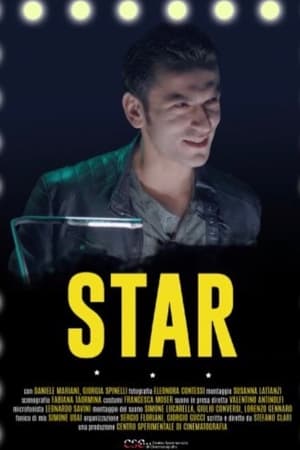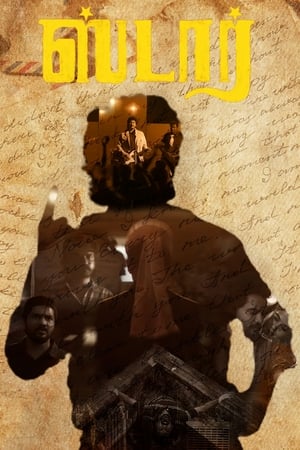

Crossroads(1976)
The 1945 atomic-bomb explosion at Bikini Atoll becomes a thing of terrible beauty and haunting visual poetry when shown in extreme slow motion, shown from 27 different angles, and accompanied by avant-garde Western classical music composed for electric organ by Terry Riley. Preserved by the Academy Film Archive in partnership with Pacific Film Archive in 1995.
Movie: Crossroads

Crossroads
HomePage
Overview
The 1945 atomic-bomb explosion at Bikini Atoll becomes a thing of terrible beauty and haunting visual poetry when shown in extreme slow motion, shown from 27 different angles, and accompanied by avant-garde Western classical music composed for electric organ by Terry Riley. Preserved by the Academy Film Archive in partnership with Pacific Film Archive in 1995.
Release Date
1976-03-30
Average
6.9
Rating:
3.5 startsTagline
Genres
Languages:
English
Recommendations Movies
 6.4
6.4Decasia: The State of Decay(en)
A meditation on the human quest to transcend physicality, constructed from decaying archival footage and set to an original symphonic score.
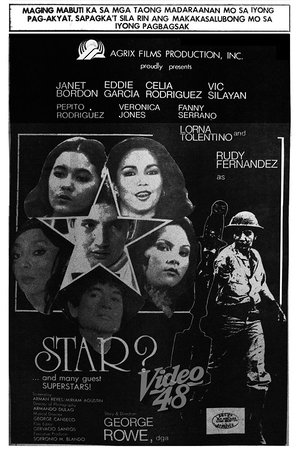 7.0
7.0Star?(tl)
The story of Tony (Rudy Fernandez) is not only a reminder to actors or actresses, but to everyone. It teaches a lesson about humility and the so-called "debt of gratitude." It features the lives of some actors such as Vicky Villareal (Lorna Tolentino) and Vina Amor (Celia Rodriguez). Their lives roll around the wheel of fame, especially that of Tony's.
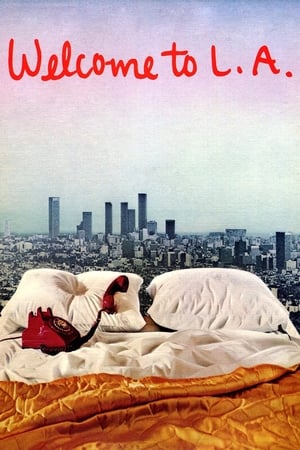 4.9
4.9Welcome to L.A.(en)
The lives of a group of Hollywood neurotics intersect over the Christmas holidays. Foremost among them, a songwriter visits Los Angeles to work on a singer's album. The gig, unbeknownst to him, is being bankrolled by his estranged father, a dairy magnate, who hopes to reunite with his son. When the songwriter meets an eccentric housewife who fancies herself a modern-day Garbo, his world of illusions comes crashing down.
Return(hy)
Eyüp decides to cross mount Ararat looking for his aunt in Yerevan after following a madman's words. His aunt has also been expecting someone to come from behind this mount for many years. Eyüp cannot be sure about the woman he finds behind the blue door, whether it is his aunt or not because they can't understand each other.
 6.9
6.9Sonic CD Intro Movie(ja)
A movie that plays during the opening of video game Sonic CD.
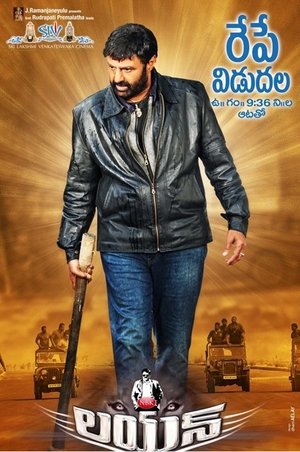 6.7
6.7Lion(en)
The film begins in Mumbai where a terror-sticking dead body from the hospital mortuary wakes up. Everybody reads him as Godse who is in a coma for 18 months, and a couple, Bhupati & Malathi Devi forwards as his parents. Further, he knowledges that he is CEO of a company that met with an accident done by his opponent Banerjee. However, he denies it, stating himself as Bose when doctors analyzed that it is a blackout stage.
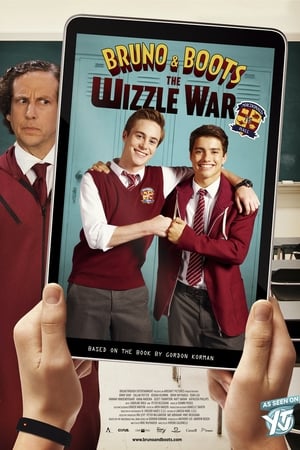 6.0
6.0Bruno & Boots: The Wizzle War(en)
The Board of Directors launch an experimental educational program, introducing authoritarian Assistant Headmaster Mr. Wizzle to the boys of Macdonald Hall and the miserable Assistant Headmistress Ms. Peabody to whip the girls of the Scrimmage Academy into shape. With new dress codes, psychological testing, and early-morning wake-up calls with track laps as punishment, the boys and girls decide Wizzle and Peabody have to go. But how? As they pull out all the stops, they ultimately turn to the theory that “love conquers all” to oust the pair once and for all.
 6.6
6.6Return(en)
A young man returns home for the weekend to discover the difficulty of juggling friends, parents, magic mushrooms and several thousand chickens.
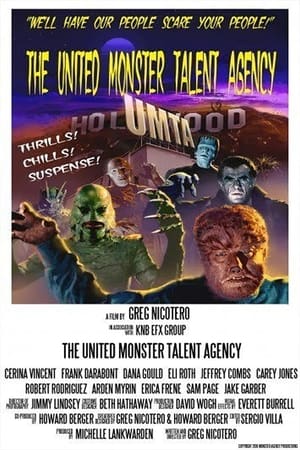 9.1
9.1The United Monster Talent Agency(en)
A short comedy spoof about Universal Monsters and their everyday unconventional work done at their very own talent agency for their movies.
 6.9
6.9Barbie Fairytopia: Mermaidia(en)
In this animated follow-up to Fairytopia, Elina enlists the help of a mermaid, Nori, to save her friend Nalu, a merman prince who has been captured by the wicked Laverna.
Return(en)
Owen, a young man is dissatisfied with his life. He heads into the forest to escape and learns a lot during his time there.
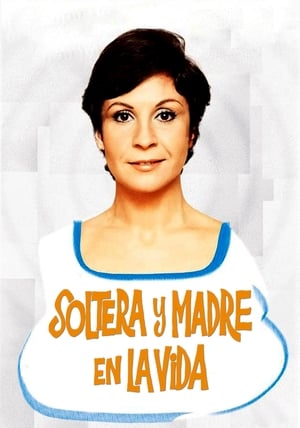 5.3
5.3Unmarried and Mother in Life(es)
The frog test confirms Julita is pregnant. This is usually a great news. In this case, no. She is a victim of premarital sex, and he, Paco, a mechanic who, according to some theories of French biologist, explained by a podiatrist friend, will not be liable. Don Ramiro, the father of Julia, is a liberal-minded man, but when his daughter tells him that she will have a son who will not parent, seeking the solution of fatherhood in his gun regulation.
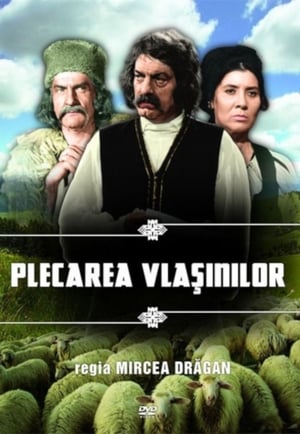 6.7
6.7Vlashins' Leaving(ro)
In 18th century Hapsburg ruled Transilvania the Romanian shepherds from the village of Vlașini face the oppression and injustice of imperial authorities, being forced to flee from their place of birth or pay tribute to the Germans of Hermannstadt for grazing sheep on their own pastures.
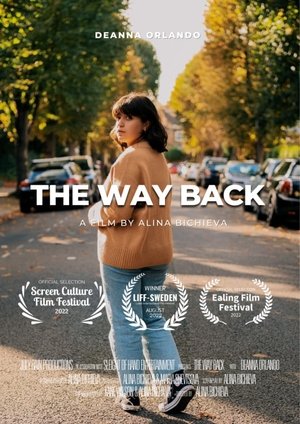 7.5
7.5The Way Back(en)
Ember is a 21-year-old photography student, stubborn, confident and independent. Her biggest dream has always been to move out of her hometown - she hated it for as long as she could remember and never felt comfortable there. But as Ember fulfils her dream and moves away to a different city, she keeps coming back to the memories of her past life and introspecting her connection with her hometown.
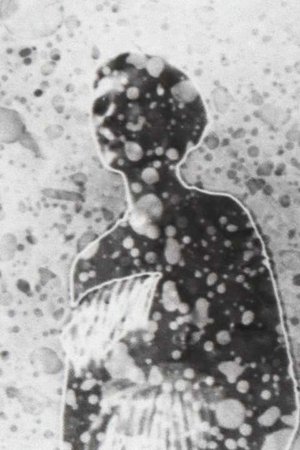 7.1
7.1Lion(en)
A project spanning three years of production and research, Lion is a collection of 7 short films exploring the Chernobyl disaster, the nature of radiation, memory, and personal history. Conceptually arranged in to a film “album”, Lion’s seven works navigate atomic fallout and a girl’s adolescence, a dream before death, radiation as a cause and cure for cancer, masculine bravado, feminine obsession, a trip to Chernobyl amongst the death of a matriarch, and the destruction of memory. Composed of seven works, Lion is a series of films created on 16mm and hand processed with darkroom techniques that mimic the effects of radiation on film. Researched in Chernobyl, the series is a product of memories, history, pop culture and technical experiments to create visual representations of invisible forces.
 6.4
6.4Return(en)
A young couple purchase their new home to start a life together, only to find out the elderly couple next door have other plans for them.
Similar Movies
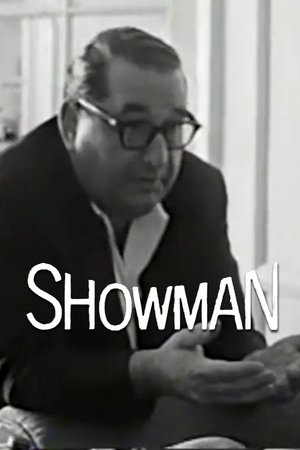 6.0
6.0Showman(en)
Albert and David Maysles (Gimme Shelter) directed this 53-minute documentary about movie tycoon Joseph E. Levine (1963). Preserved by the Academy Film Archive in 2012.
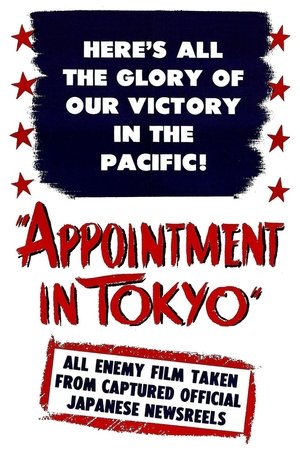 5.8
5.8Appointment in Tokyo(en)
Produced by the Army Pictorial Service, Signal Corps, with the cooperation of the Army Air Forces and the United States Navy, and released by Warner Bros. for the War Activities Committee shortly after the surrender of Japan. Follow General Douglas MacArthur and his men from their exile from the Philippines in early 1942, through the signing of the instrument of surrender on the USS Missouri on September 1, 1945. Preserved by the Academy Film Archive in 2013.
 5.0
5.0The Town(en)
The Town was a short propaganda film produced by the Office of War Information in 1945. It presents an idealized vision of American life, shown in microcosm by Madison, Indiana. It was created primarily for exhibition abroad, to provide international audiences a more well-rounded view of America, and was therefore produced in more than 20 translations. Preserved by the Academy Film Archive in 2012.
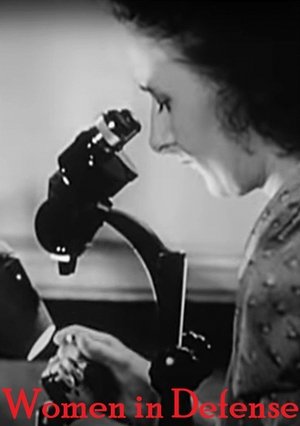 4.8
4.8Women in Defense(en)
Short documentary extolling the virtues and necessity for women to participate in America's preparation for war, showing women working in scientific, industrial, and voluntary-services activities. Preserved by the Academy Film Archive in 2008.
Screen Actors(en)
This short film takes a look at the off-screen personas of screen actors. Preserved by the Academy Film Archive in 2012.
 6.4
6.4Primary(en)
Primary is a documentary film about the primary elections between John F. Kennedy and Hubert Humphrey in 1960. Primary is the first documentary to use light equipment in order to follow their subjects in a more intimate filmmaking style. This unconventional way of filming created a new look for documentary films where the camera’s lens was right in the middle of what ever drama was occurring. Preserved by the Academy Film Archive in partnership with The Film Foundation in 1998.
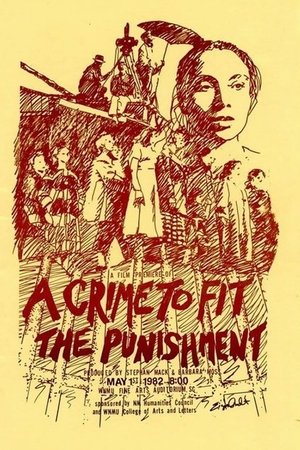 0.0
0.0A Crime to Fit the Punishment(en)
This fascinating making-of documentary investigates the controversy and political atmosphere surrounding the production of Salt of the Earth, movingly chronicling the filmmakers' defiance of the blacklist. (BAM) Preserved by the Academy Film Archive in 2015.
 6.5
6.5Sikkim(en)
Satyajit Ray's poetic documentary was commissioned by the Chogyal (King) of Sikkim at a time when he felt the sovereignty of Sikkim was under threat from both China and India. Ray's documentary is about the sovereignty of Sikkim. The film was banned by the government of India when Sikkim merged with India in 1975. The ban was finally lifted by the Ministry of External Affairs in September 2010. Preserved by the Academy Film Archive in 2007.
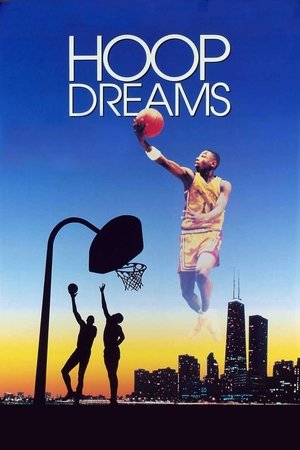 7.6
7.6Hoop Dreams(en)
Every school day, African-American teenagers William Gates and Arthur Agee travel 90 minutes each way from inner-city Chicago to St. Joseph High School in Westchester, Illinois, a predominately white suburban school well-known for the excellence of its basketball program. Gates and Agee dream of NBA stardom, and with the support of their close-knit families, they battle the social and physical obstacles that stand in their way. This acclaimed documentary was shot over the course of five years.
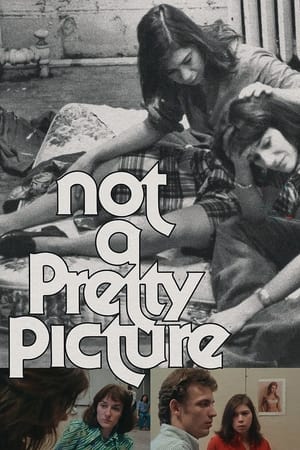 7.6
7.6Not a Pretty Picture(en)
Mixing narrative and documentary, the film retells a 16 year old girl's experience of a date rape.
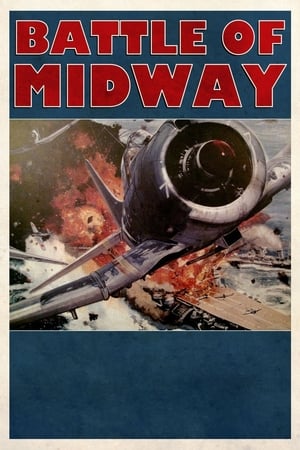 5.9
5.9The Battle of Midway(en)
The Japanese attack on Midway in June 1942, filmed as it happened. Preserved by the Academy Film Archive, in partnership with Twentieth Century Fox Film Corporation, in 2006.
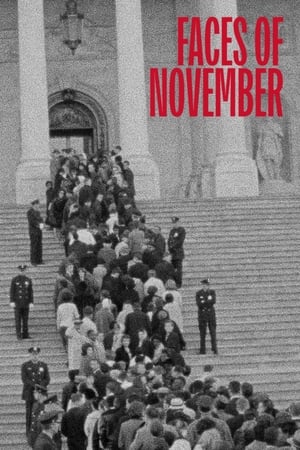 6.2
6.2Faces of November(en)
Robert Drew shows the sights and sounds from the funeral of President John F. Kennedy in November, 1963. Preserved by the Academy Film Archive in 2002.
 7.5
7.5Harlan County U.S.A.(en)
This film documents the coal miners' strike against the Brookside Mine of the Eastover Mining Company in Harlan County, Kentucky in June, 1973. Eastovers refusal to sign a contract (when the miners joined with the United Mine Workers of America) led to the strike, which lasted more than a year and included violent battles between gun-toting company thugs/scabs and the picketing miners and their supportive women-folk. Director Barbara Kopple puts the strike into perspective by giving us some background on the historical plight of the miners and some history of the UMWA. Preserved by the Academy Film Archive in partnership with New York Women in Film & Television in 2004.
 6.0
6.0The Chair(en)
Follows a crusading lawyer as he embarks on a campaign to save an African-American man, Paul Crump, from the electric chair. Preserved by the Academy Film Archive in partnership with The Film Foundation in 2007.
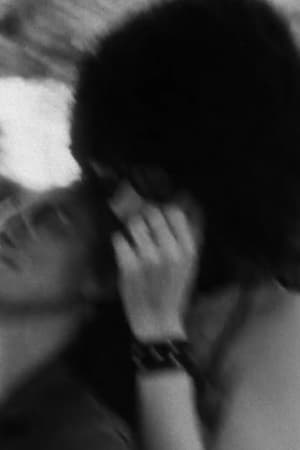 4.0
4.0I Don't Know(en)
A truly major work, I Don’t Know observes the relationship between a lesbian and a transgender person who prefers to be identified somewhere in between male and female, in an expression of personal ambiguity suggested by the film’s title. This nonfiction film – an unusual, partly staged work of semi-verité – is the first of Spheeris’s films to fully embrace what would become her characteristic documentary style: probing, intimate, uncompromising. Preserved by the Academy Film Archive in 2014.
 0.0
0.0California's Golden Beginning(en)
A description and enactment of the discovery of gold by James Marshall, and the role played by John Sutter. Preserved by the Academy Film Archive.
 0.0
0.0The Costume Designer(en)
This short focuses on the job of the costume designer in the production of motion pictures. The costume designer must design clothing that is correct for the film historically and geographically, and must be appropriate for the mood of the individual scene. We see famed costume designer Edith Head at work on a production. The Costume Designer was part of The Industry Film Project, a twelve-part series produced by the film studios and the Academy. Each series episode was produced to inform the public on a specific facet of the motion picture industry. Preserved by the Academy Film Archive in 2012.
 6.0
6.0No No Nooky T.V.(en)
NO NO NOOKY TV posits sexuality to be a social construct in a "sex-text" of satiric graphic representation of "dirty pictures." Made on an Amiga Computer and shot in 16mm film, NO NO NOOKY TV confronts the feminist controversy around sexuality with electronic language, pixels and interface. Even the monitor is eroticized in this film/video hybrid that points fun at romance, sexuality, and love in our post-industrial age. Preserved by the Academy Film Archive in 2017.
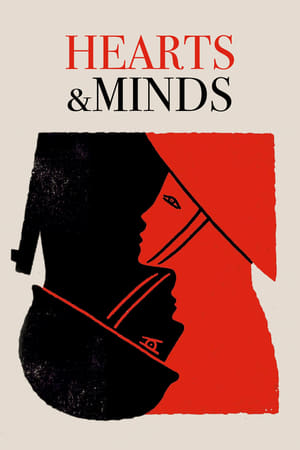 7.7
7.7Hearts and Minds(en)
Many times during his presidency, Lyndon B. Johnson said that ultimate victory in the Vietnam War depended upon the U.S. military winning the "hearts and minds" of the Vietnamese people. Filmmaker Peter Davis uses Johnson's phrase in an ironic context in this anti-war documentary, filmed and released while the Vietnam War was still under way, juxtaposing interviews with military figures like U.S. Army Chief of Staff William C. Westmoreland with shocking scenes of violence and brutality.
 7.6
7.6Burden of Dreams(en)
The Amazon rain forest, 1979. The crew of Fitzcarraldo (1982), a film directed by German director Werner Herzog, soon finds itself with problems related to casting, tribal struggles and accidents, among many other setbacks; but nothing compared to dragging a huge steamboat up a mountain, while Herzog embraces the path of a certain madness to make his vision come true.
